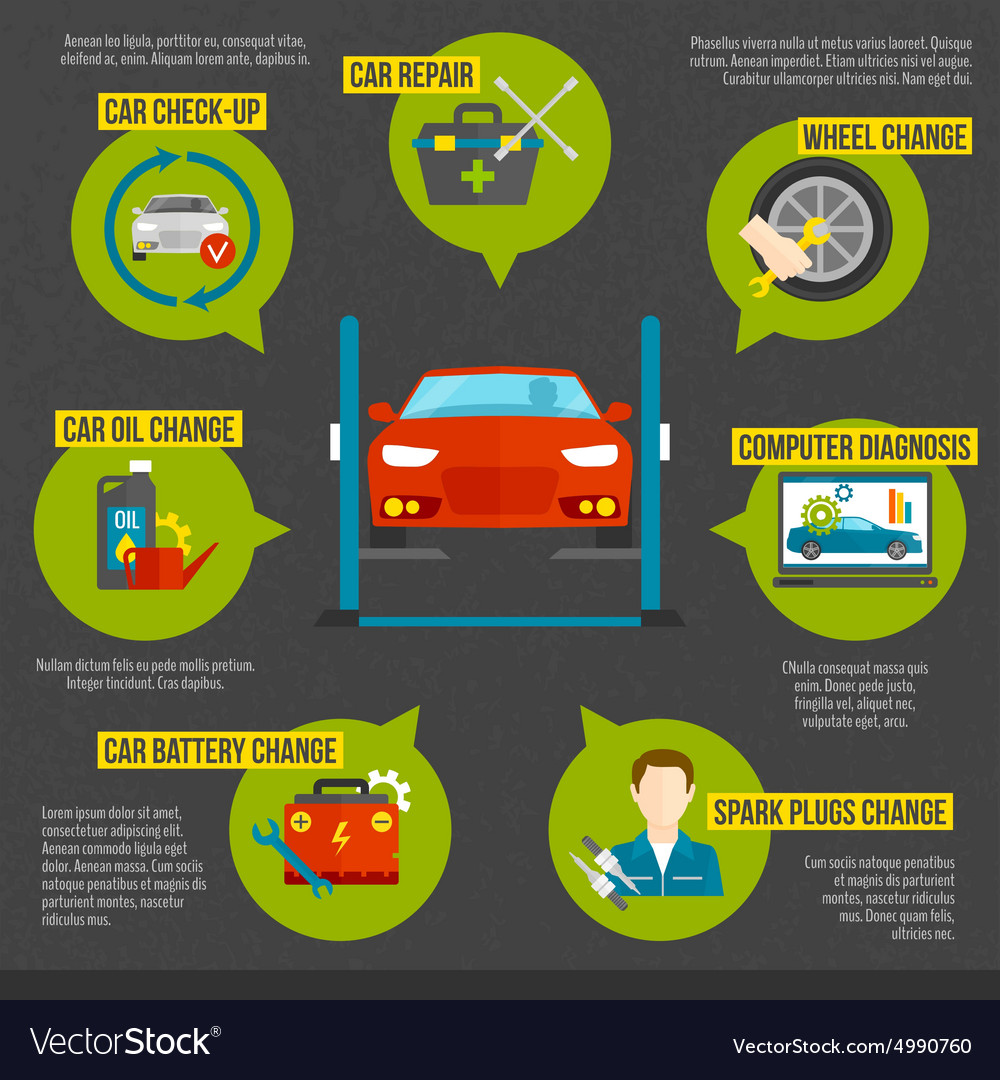Translating Your Vehicle'S Alert Lights: Their True Implications
Translating Your Vehicle'S Alert Lights: Their True Implications
Blog Article
Created By-Lauritsen Stark
When you lag the wheel, those glowing caution lights on your control panel can be a little bit bewildering. Do you know what they're trying to tell you concerning your cars and truck's health and wellness? Understanding the value of these lights is important for your safety and security and the durability of your vehicle. So, ceramic coating nz of those lights appears, would not you want to decipher its message precisely and take the required actions to address it?
Common Caution Lights and Interpretations
Recognize common warning lights in your vehicle and understand their meanings to guarantee risk-free driving.
The most normal caution lights include the check engine light, which signifies issues with the engine or discharges system. If car grooming comes on, it's vital to have your lorry inspected promptly.
The oil stress advising light shows low oil stress, calling for instant interest to prevent engine damage.
A blinking battery light could recommend a faulty charging system, potentially leaving you stranded otherwise addressed.
The tire stress surveillance system (TPMS) light notifies you to reduced tire stress, influencing automobile stability and fuel effectiveness. Overlooking this might bring about harmful driving problems.
The abdominal muscle light suggests a trouble with the anti-lock stopping system, compromising your ability to quit rapidly in emergencies.
Last but not least, the coolant temperature level cautioning light warns of engine overheating, which can cause serious damages if not resolved quickly.
Recognizing these usual warning lights will certainly assist you resolve problems immediately and maintain safe driving conditions.
Relevance of Prompt Interest
Recognizing the usual caution lights in your auto is just the first step; the importance of quickly addressing these warnings can not be stressed enough to guarantee your security when driving.
When a caution light illuminates on your control panel, it's your car's means of connecting a potential concern that needs focus. Disregarding these warnings can cause a lot more extreme issues later on, jeopardizing your safety and security and potentially costing you much more out of commission.
Trigger focus to warning lights can stop malfunctions and mishaps. As https://rylannhcwq.blogtov.com/12597318/mobile-cars-and-truck-outlining-enhancing-your-automobile-s-appearance-on-the-go , a blinking check engine light might suggest a misfire that, if left unattended, might trigger damages to the catalytic converter. Addressing this immediately can conserve you from an expensive repair work.
Likewise, a brake system warning light may signify low brake fluid or used brake pads, important elements for your security when driving.
Do It Yourself Troubleshooting Tips
If you notice a caution light on your control panel, there are a couple of do it yourself troubleshooting ideas you can attempt before seeking professional assistance.
The very first step is to consult your auto's manual to comprehend what the details caution light indicates. Often the problem can be as basic as a loosened gas cap activating the check engine light. Tightening up the gas cap may deal with the issue.
One more typical issue is a low battery, which can set off different advising lights. Inspecting the battery connections for deterioration and ensuring they're secure might take care of the problem.
If a caution light persists, you can attempt resetting it by detaching the auto's battery for a couple of minutes and after that reconnecting it. Furthermore, inspecting your car's liquid degrees, such as oil, coolant, and brake liquid, can aid troubleshoot warning lights related to these systems.
Verdict
In conclusion, understanding your car's warning lights is essential for maintaining your car running efficiently and securely. By quickly dealing with these alerts and knowing what they imply, you can stay clear of pricey repair services and prospective failures.
Remember to consult your vehicle's guidebook for particular information on each cautioning light and do something about it as necessary to ensure a trouble-free driving experience.
Remain informed, remain safe when driving!
